A guide to using social media for seasonal e-commerce in Australia

Table of Contents
Australians don’t just love to shop—they love to shop online. And social media—namely, social commerce— has become a major part of e-commerce success. Aussie consumers regularly turn to social to learn about new products, seek customer support and make purchases, according to The 2025 Sprout Social Index™ Australia. In fact, 73% say that if a brand doesn’t respond to their queries on social media, they wouldn’t wait around, but rather buy from a competitor.
That said, Aussies’ online shopping behaviours are constantly changing throughout the year based on several seasonal elements, from the weather to public holidays. E-commerce brands must continuously monitor these trends to stay relevant to consumers Down Under.
In this article, we’ll provide a season-by-season breakdown of trends in the Australian e-commerce industry. Then, we’ll offer some best-practice advice so you can tailor your social strategy and optimise your marketing all year round.
Understanding seasonality in Australian e-commerce
Local and global seasonal trends shape e-commerce in Australia. According to Statista, revenue in the Australian e-commerce industry is projected to exceed US$42 billion in 2025. This signifies an immense opportunity for brands, especially if you plan sales and social strategies around local trends. Connecting directly with Aussies, while factoring in global trends, is ideal for reaching Australian and international consumers alike.
Take Black Friday/Cyber Monday (BFCM). Australians’ online BFCM spending reached a record high of in 2024—up 10% YOY. The weekend is the biggest sales event in the nation and has transformed Australian shopping trends, even shifting peak online spending from December to November.
And the BFCM weekend is even more lucrative in other parts of the world. In 2024, Americans’ online BFCM spending hit US$10.8 billion on the Friday alone. The figure also represents a 10% increase from online spending in 2023, meaning more consumers are choosing e-commerce over brick-and-mortar stores to meet their seasonal shopping needs.
For many Aussies, the first point of contact in making online purchases is social media, regardless of the season. There are more than 20.8 million Aussie social media users, many of whom use these platforms to search for new products and services, learn about brands and head to the checkout. Per The 2025 Sprout Social Index™ Australia, 38.5% of social users make spontaneous purchases based on social content at least a few times a year, while 28% do so every month.
To take advantage of this purchasing behaviour, you must align your social media strategies with seasonal moments to reach Australians when they spend the most.
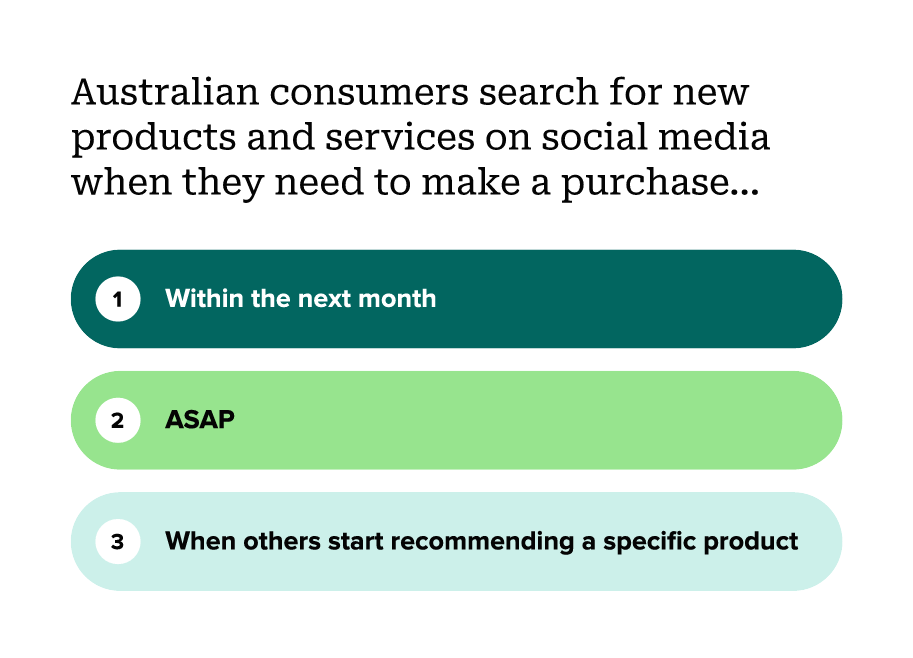
Seasonal factors impacting consumer behaviour in Australia
Several seasonal factors influence what Aussie consumers buy, how much they spend and where they shop.
Holidays—such as Christmas, Mother’s Day and Father’s Day—often spike purchases. Not only is gift-giving a custom for many of these holidays, but they’re often accompanied by local events like festivals and markets, which also encourage spending.
The weather also contributes to shifts in consumer behaviour trends. These trends aren’t always as simple as purchasing more jumpers during cold months or more sun cream during hot months. For example, a 2020 study found that weather elements like temperature, cloud cover and precipitation have a significant impact on consumers’ moods and, therefore, their shopping patterns.
School, university and TAFE schedules also heavily influence consumer behaviour in Australia. Australians’ 2024 back-to-school spending totalled at an estimated AU$2.5 billion. This figure spanned all levels of education, with 61% making purchases for primary school, 47% for secondary school and 13% for university or TAFE. Mandated study breaks can also spike spending, especially when they coincide with public holidays.
Economic factors—such as the end of financial year (EOFY)—also contribute to changes in consumer behaviour. In the lead-up to 30 June, many Aussies make tax-deductible purchases or buy big-ticket items during EOFY sales. In 2025, Aussies are expected to spend AU$10.5 billion during the EOFY sale period.
If keeping up with the latest consumer trends and strategies is a struggle, consider attending one of Australia’s top social media marketing conferences to learn more and connect with other professionals.
What are Australia’s key seasonal e-commerce periods?
As the seasons change, so do Australians’ buying habits. But what kinds of shifts can you expect? Here’s a roundup of Australia’s commercial and social media trends, season by season:
How does spring influence Australian e-commerce social media?
In Australia, Father’s Day is celebrated in the middle of spring, typically falling on the second Sunday of September. With it, the holiday usually brings a boom in retail spending. In 2024, Aussies were projected to spend AU$820 million on Father’s Day, with many turning to online platforms to find the perfect gift for dad.
It’s no surprise that many e-commerce retailers factor the holiday into their social strategies. Whether in the form of gift guides, dad jokes or sentimental storytelling, there are many ways brands can leverage the day to drive connection and conversions.
Late spring is also important for e-commerce brands as it leads up to Christmas. November is when Aussies spend the most money online, specifically during the BCFM sale period.
With that in mind, e-commerce brands typically tailor their content to leverage this spending frenzy, showcasing countdowns and promoting their products, discounts and offers. For example, Amazon Australia teamed up with Ramon Israel to create a custom Black Friday wishlist, highlighting its wide range of products and its signature services, like fast and free shipping.
How does summer influence Australian e-commerce social media?
With Christmas, Boxing Day and New Year’s Eve falling during Australian summer, this is another high-spend season. Online shopping is a particularly popular option among Aussies during this season. Per Statista, most shoppers are motivated by the increased variety of products and deals available online. Further, 19% said they prefer shopping online to avoid crowds.
Throughout this season, brands will often feature content specifically tailored to each holiday. Think gift guides for Christmas, sales promotions for Boxing Day and year-in-reviews for New Year’s Eve.
These forms of content align brands with consumers’ priorities—whether it’s celebrating, saving or reflecting—making the messaging more relevant and impactful.
Summer also prompts weather-based shifts in consumer behaviour. As the hottest and sunniest season of the year, Aussies typically spend more time outdoors. Whether they’re lounging at the beach, swimming in the ocean or dancing at a music festival, these seasonal activities shape the way Australians shop online. In turn, they also impact how brands show up on social media.
For example, fashion retailers like The Iconic take it as an opportunity to tap into the importance of sun safety. In December 2024, the brand posted a round-up of clothing and accessories designed to keep you shaded without compromising on style.
How does autumn influence Australian e-commerce social media?
During autumn, a few key holidays greatly impact e-commerce in Australia. According to ANZ data, its customers were projected to spend AU$6.12 billion during the 2025 Easter, school holidays and ANZAC Day period. The figure represented a 3% increase from 2024, with many Aussies trying to make the most of the three consecutive holidays. The bulk of the spending was expected to be on travel and experiences, dining out and food stores—a huge advantage for e-commerce businesses in these industries.
Mother’s Day is another important autumnal holiday for e-commerce brands. Australian consumers are looking for that perfect gift for mum, making it an ideal time to launch limited-edition collections, hold giveaways and offer special services—then promote these offerings on social. Frank Green did exactly that on TikTok for Mother’s Day 2025, offering free monogramming on all products at its Chadstone store.
How does winter influence Australian e-commerce social media?
For most regions in Australia, winter is synonymous with darker days, increased rainfall and cooler temperatures. And with this climate change comes a range of other shifts, specifically in Aussies’ moods and behaviours.
One study, “Weather, Affect, and Preference for Hedonic Products: The Moderating Role of Gender”, found that poor weather conditions—such as cold, rain and snow—increase negative moods and, in turn, indulgent consumption. The phenomenon was especially present in women. In one experiment, women reported a 60% higher decline in mood in ‘bad’ weather conditions than men, which spiked their hedonistic consumption of food and non-food items.
Capitalising on the links between weather and consumption behaviour can lead businesses to increased reach and sales. For example, Tim Tam encourages Aussies to treat themselves to its new biscuit flavour as a form of winter self-care.
What social media strategies drive sales for Australian e-commerce?
From personalised messaging to influencer partnerships, certain strategies are particularly powerful in driving e-commerce sales in Australia. Below, we walk you through some of these social media tactics and how they can help you get results.
Personalise and segment your content
Regardless of what you’re selling, it’s important to personalise and segment your social content to suit people across different demographics, such as age, gender and location.
For example, if you run an online swimwear brand, you’ll ideally market differently to people living in Queensland vs. Victoria during certain seasons. While Queenslanders enjoy warm climates year-round, Victorians face chilly winter temperatures. As a result, you need to adjust your messaging or targeting strategies to keep swimwear relevant to people in colder climates.
Leverage network-specific e-commerce features
Social media e-commerce is made much more seamless and effective when you embrace platforms’ built-in features.
In-app shopping—such as Instagram Shopping and Facebook Shops—is one of the most powerful functions. With these tools, you can set up virtual storefronts, enabling users to get acquainted with your brand, browse your products and make purchases.
YouTube Shopping operates similarly; creators can create product shelves to highlight and link to specific products in their video descriptions.

On Pinterest, e-commerce brands can post product Pins, shoppable Pins that display relevant information like price, availability and other product details.
You can also leverage other native e-commerce features, such as product tags, product catalogues and dynamic ads.
Use a social media management tool with e-commerce integrations
A social media management tool with e-commerce integrations is an excellent complement to networks’ built-in capabilities.
For instance, Sprout offers a range of powerful features that can help you reduce friction, create more sales opportunities and convert more users. Not only can you link to products within Sprout, but you can promote these items across multiple networks to increase product exposure and sell to a broader audience.
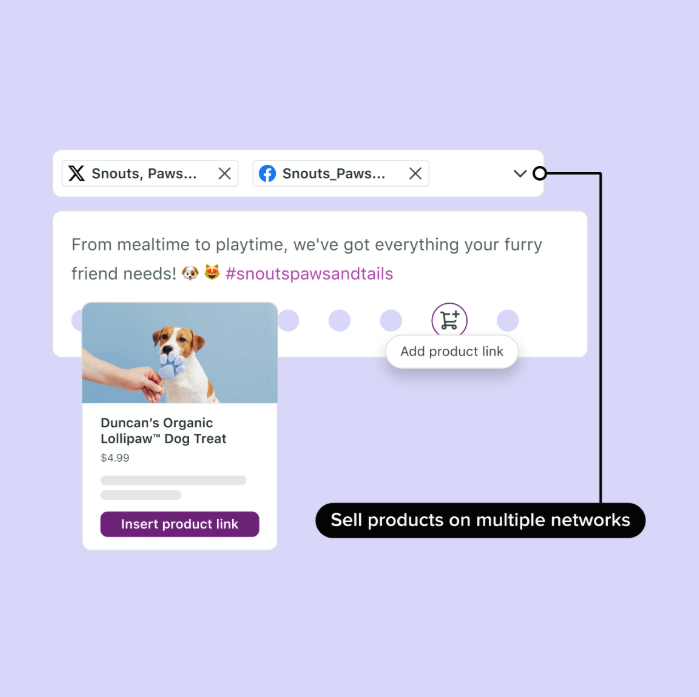
Sprout is compatible with leading e-commerce integrations—including Facebook Shops, Shopify, Salesforce and WooCommerce—meaning you can centralise your social strategy and social commerce. With the ability to manage all your social initiatives in one place, you can reduce friction for both your potential customers and your team.
Maximise reach and trust with influencer partnerships
Influencer marketing is an extremely effective social media marketing tactic. According to our recent Q2 2025 Pulse Survey—which surveyed over 2,000 social media users in the US, UK and Australia—76% of respondents said that social content has impacted their purchases in the last six months. And 64% said that they’re more willing to buy from a brand if it partners with one of their favourite influencers.
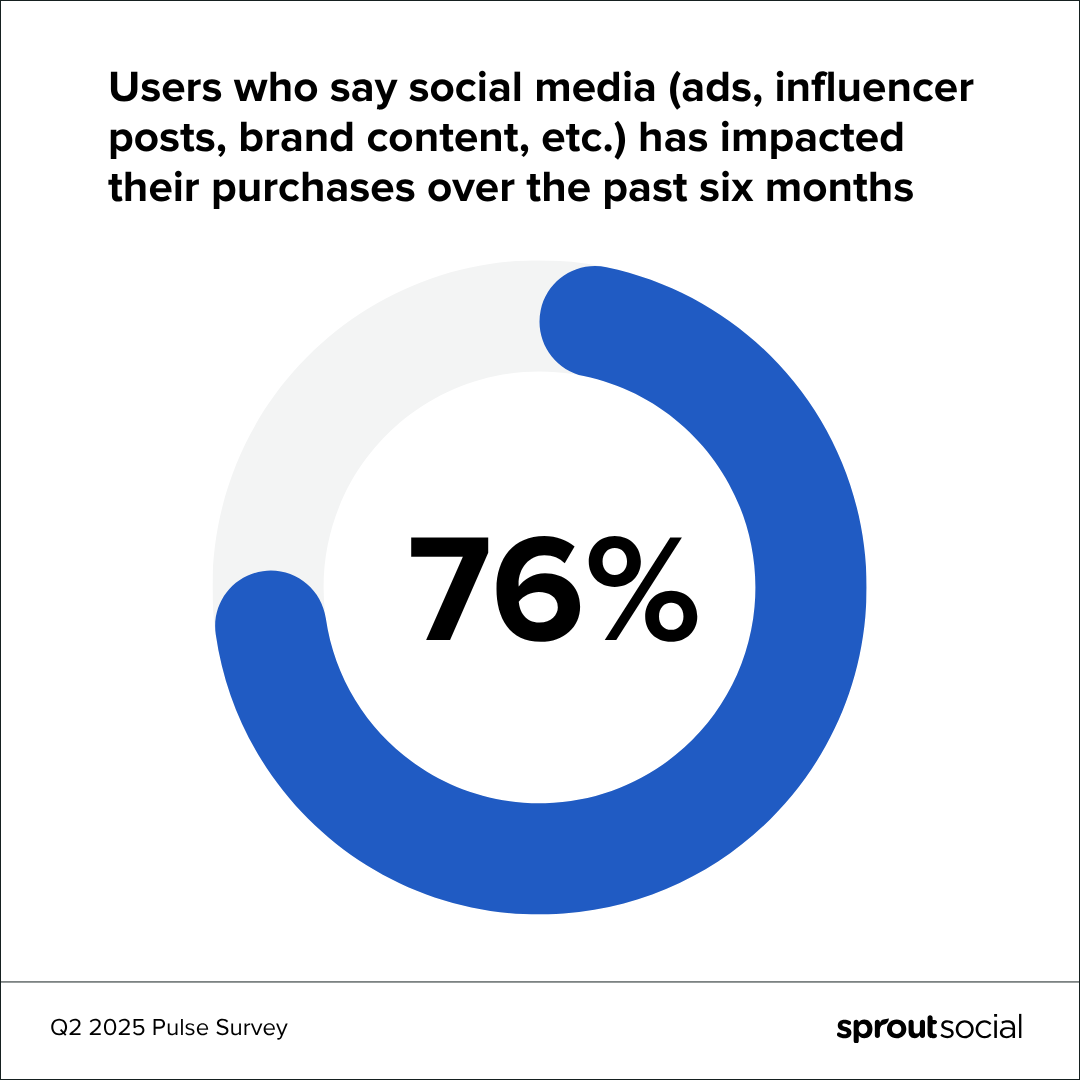
Influencer collaborations don’t just provide access to creators’ audiences—they also transfer the influencer’s trust and credibility directly to your brand.
Monitor competitors’ seasonal strategies
Keeping an eye on your peers is another effective tactic for identifying seasonal trends and opportunities in your sector.
Pay close attention to the content they post, the timing of their campaigns and how their audiences engage. Are they prioritising giveaways or influencer collaborations? Are users asking questions in the comments or tagging their friends?
Analysing these trends can help you gauge consumer interest, identify opportunities for differentiation and strategically plan your seasonal social campaigns.
Analyse consumer sentiment
Understanding how people feel about your products or services is crucial for developing smarter social strategies and driving more sales. That’s where social media listening tools can help.
By tracking real-time consumers’ sentiments—whether negative, positive or neutral—you can better understand and market to your audience. For example, identifying negative sentiments around a specific product or service can help you identify pain points and address them head-on. Similarly, you can capitalise on positive feedback (such as customer reviews and testimonials) to broaden trust and increase conversions.
What social media metrics should Australian e-commerce businesses track?
As with any campaign, it’s important to track your seasonal campaigns’ social media metrics. It’s especially vital in high-interaction sectors like e-commerce; tracking the right metrics can help you better understand product or service performance and consumer behaviour.
How to measure the ROI of seasonal social media campaigns in Australia
To measure your social media ROI for seasonal campaigns, compare it to the campaign’s original goals. Whether it’s driving purchases, increasing bookings or improving loyalty program participation, it’s crucial to measure the campaign’s ROI against its initial benchmark to determine if it was successful.
Tools like Sprout make calculating your ROI more efficient and scalable. In your social commerce dashboard within Sprout, you’ll see the marketing spend, impressions and engagements of each post at a glance. This data will enable you to create detailed stakeholder reports and optimise ad spend for future seasonal campaigns.
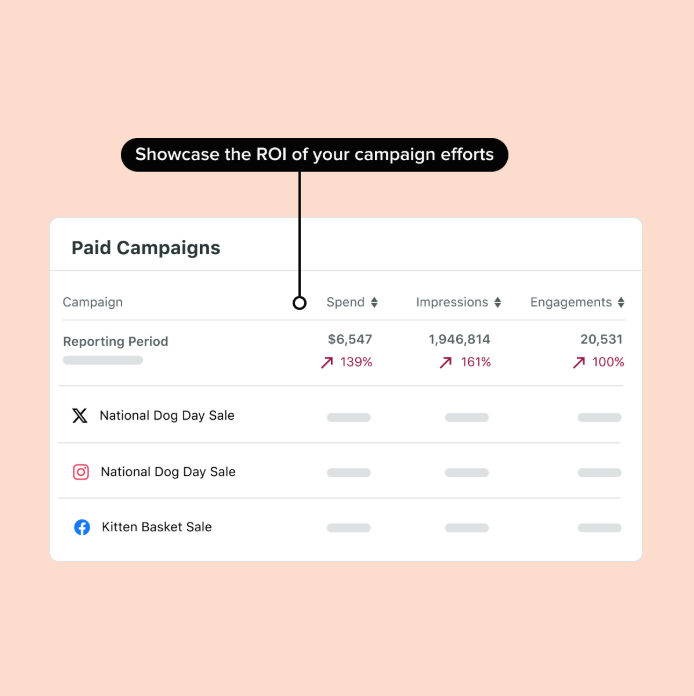
What key performance indicators (KPIs) indicate successful social media engagement?
If your campaign objective is to drive engagement, here are some of the KPIs to examine:
- Engagement rate: The proportion of people who engaged with your content, either by liking it, leaving a comment or saving it. A high engagement rate signals that your content is catching your audience’s eye and resonating with them.
- Click-through rate (CTR): The percentage of people who click on a link in your content or on your profile. A high CTR suggests that users are interested enough in your offer to take action (e.g. visit your website to learn more about your products).
- Video completion rate (VCR): The percentage of people who watch your video in full. Whether it’s for TikTok videos, Instagram Reels or YouTube Shorts, a high VCR proves that your content is grabbing people’s attention and maintaining it.
How can data analytics inform future seasonal social media strategies for Australian e-commerce?
Reviewing the analytics of your seasonal social media campaigns empowers you to develop smarter strategies in the years to come.
For instance, engagement data can provide invaluable insights for future campaigns. As an example, you may notice that certain content types (e.g. videos) receive more engagement than others (e.g. static posts). You may also notice engagement spikes on certain days, which can help you identify the best times to post on social media.
Assessing performance enables you to make smarter investment decisions moving forward. By reviewing campaign data, you can determine which creatives or networks delivered the best results. With that knowledge, you can invest more into those channels in future campaigns to reduce wasted ad spend.
Create compelling social strategies for every season
‘Tis the season to embrace seasonal social media marketing for your e-commerce business. By aligning your content with Australians’ shifting wants, needs and priorities, you’ll connect with them more meaningfully and position your brand to be wherever your audience is in their buying journey. In turn, you’ll reap the rewards of a more connected consumer base, likely leading to more sales and stronger loyalty.
Get ready for your next season by exploring our social commerce solution to start turning engagements into sales.




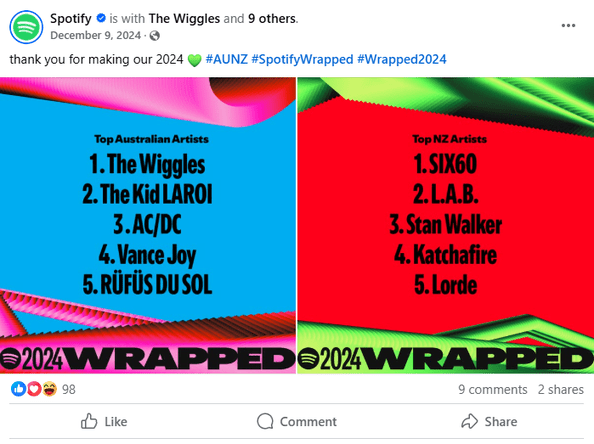

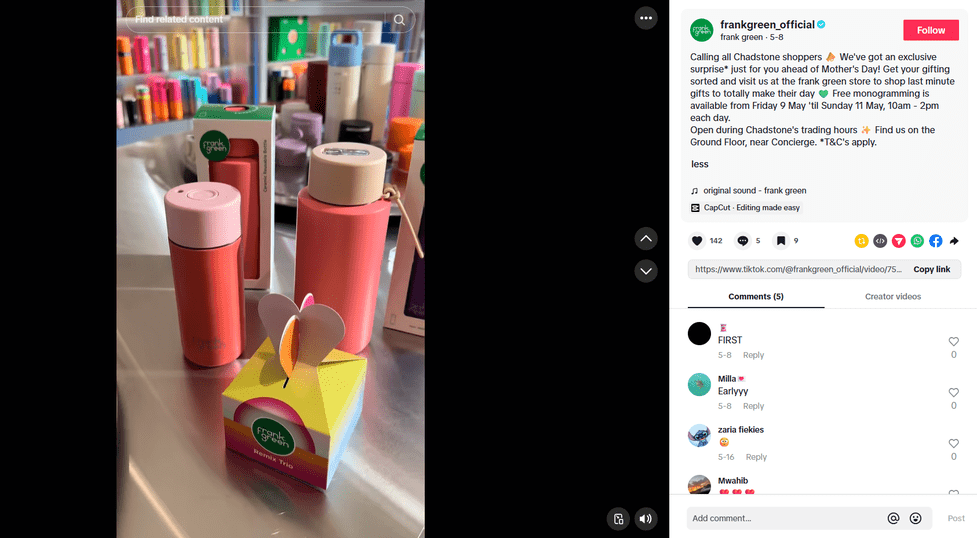
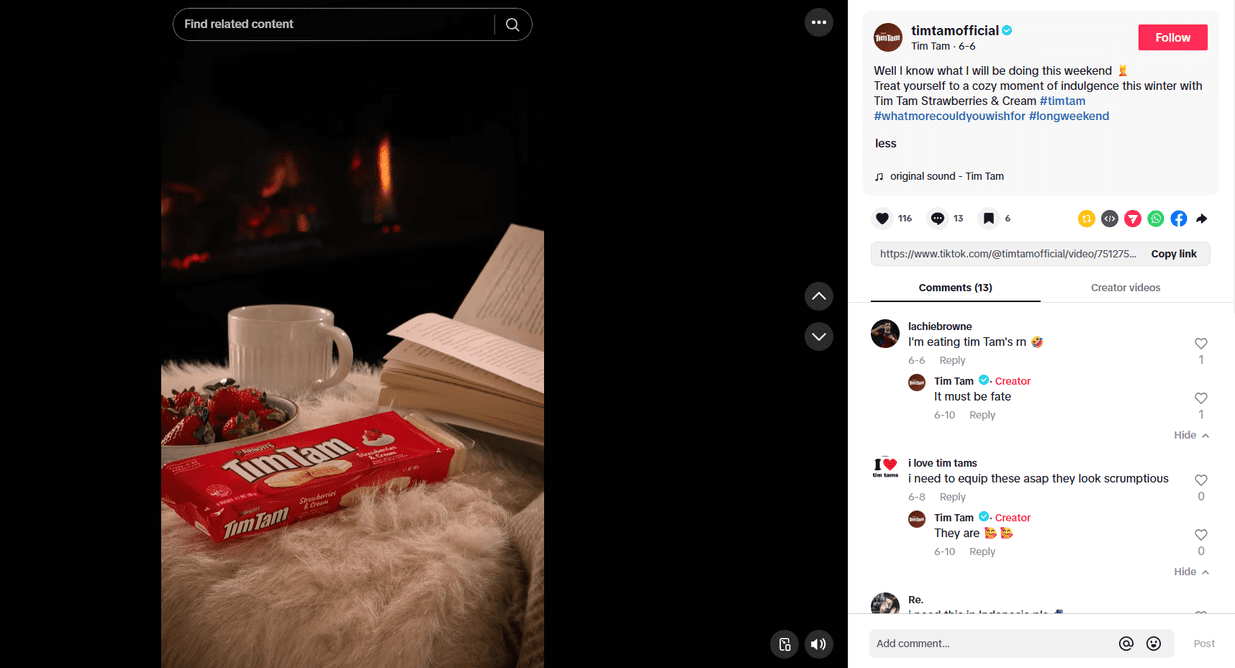

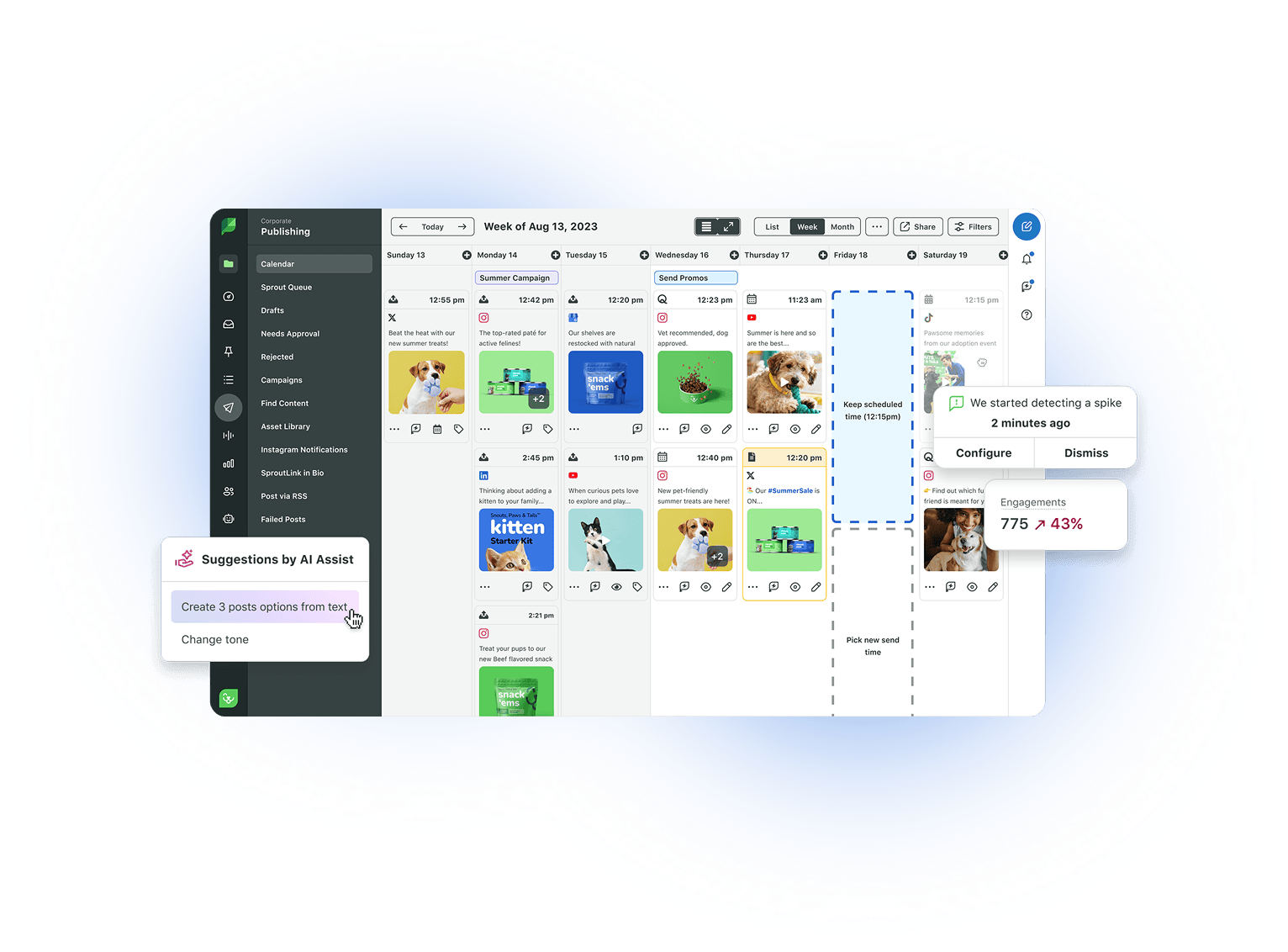
Share